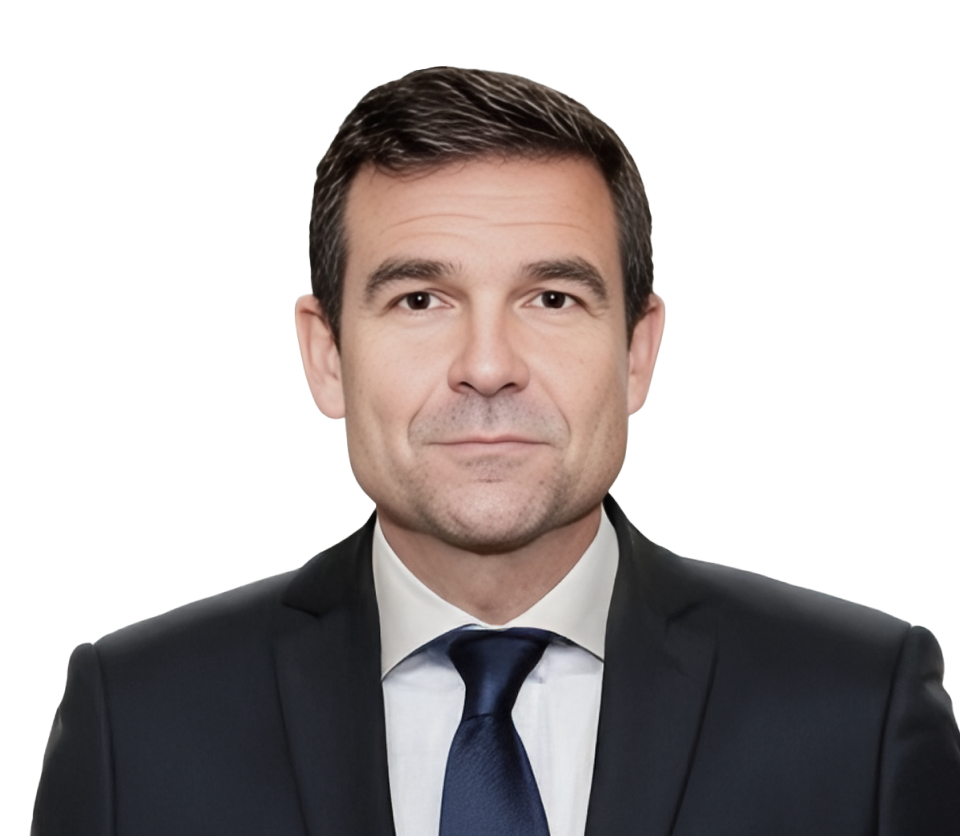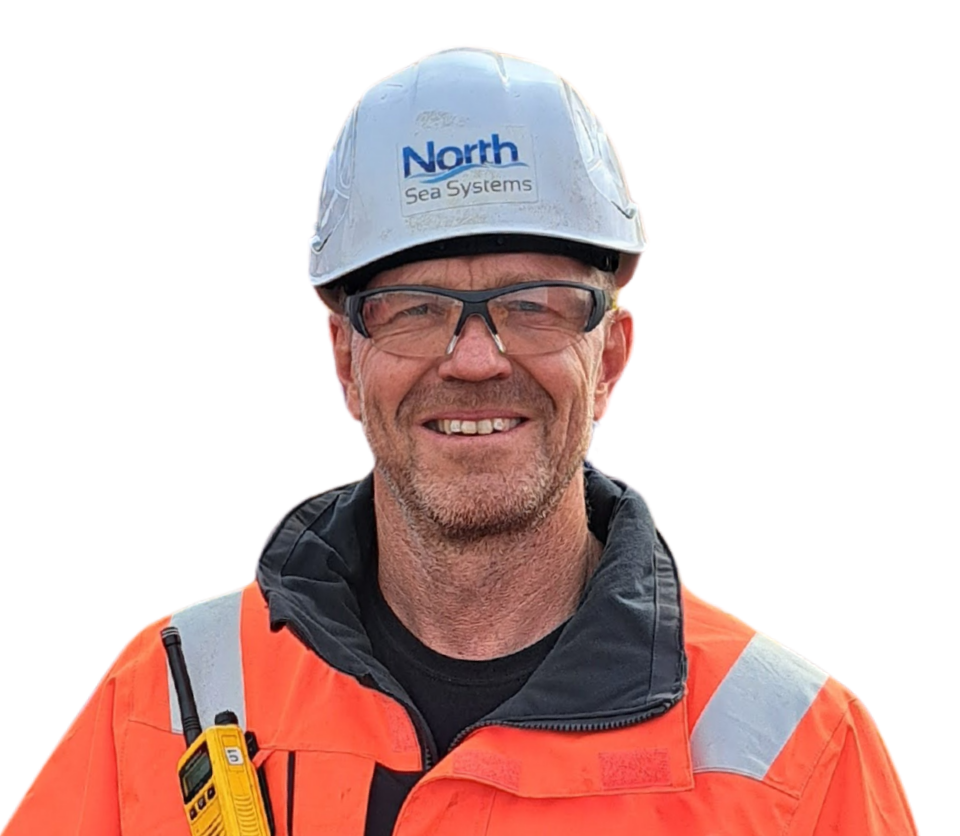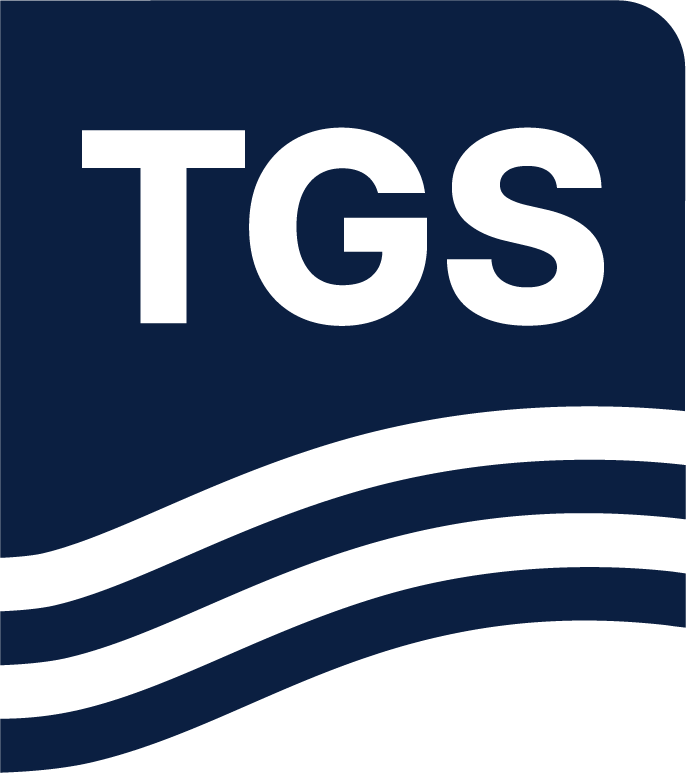Submarine Cables EMEA 2026 will highlight advanced technology solutions that are redefining how undersea networks are designed, monitored and maintained throughout their operational lifespan. The conference offers a dedicated platform to explore both technical innovations and strategic investment priorities within the submarine cable sector.
Transition to Smart Infrastructure
The most transformative impact on the industry is expected to come from the integration of smart infrastructure, particularly autonomous inspection systems and real-time diagnostics. By embedding AI-driven monitoring and autonomous underwater vehicles (AUVs), such as remotely operated vehicles (ROVs), into operational workflows, stakeholders can significantly reduce downtime, lower maintenance costs and prevent service disruptions. These intelligent systems can detect anomalies, assess risks and recommend interventions well before failures occur, greatly enhancing the resilience of submarine cable networks.
Enhancing Heat and Power Management in Cable Systems
While thermal challenges in deep-sea environments have traditionally been managed through passive cooling techniques, recent advances in active thermal regulation and energy-efficient repeater design are unlocking new possibilities. Innovative heat dissipation methods, particularly in long-haul high-voltage direct current (HVDC) systems, are extending cable lifespan and improving performance under extreme seabed conditions. These improvements are attracting growing interest, especially in offshore wind transmission projects where energy throughput and environmental pressures are most significant.
Investment in Smart Repeaters
Smart optical repeaters are rapidly emerging as an essential element in long-distance submarine cable networks. With embedded sensing and self-monitoring capabilities, they enable operators to conduct continuous performance assessments and optimise signal regeneration in real time. The adoption of these intelligent repeaters is expected to account for a significant share of future investment in new cable systems, particularly those spanning intercontinental data routes. In regions with highly active deep-sea cable corridors, such as between EMEA and Asia, these advancements are essential for maintaining signal integrity and service continuity.
Lifecycle Optimisation through Asset Management Platforms
Advanced cable management systems now offer integrated platforms that combine GIS data, sensor feedback and predictive analytics to monitor asset condition and schedule proactive interventions. These platforms enhance cable laying accuracy, track burial depth and produce maintenance forecasts using environmental and operational data. For service providers and operators, these capabilities represent not only technical progress but also strategic value. They help reduce risk, ensure regulatory compliance and optimise capital expenditure across large infrastructure networks.
AI-Driven Fault Localisation and Recovery
Traditional cable repair processes are time-consuming and resource-intensive. However, AI-based fault detection systems, combined with autonomous ROVs, are transforming cable inspection and fault localisation. These systems can accurately locate damage, determine root causes and initiate corrective protocols with minimal human input. By shortening repair response times and extending inspection intervals, these technologies offer substantial cost and time savings across multi-million-pound cable projects.
Numerous exhibitors at Submarine Cables EMEA 2026 will present the latest solutions driving the digital transformation of cable operations, including AI diagnostics, smart repeaters, remote-controlled marine robotics and cloud-based performance platforms. These technologies are not only enhancing operational reliability but also influencing the competitive landscape of the global submarine cable market.




















